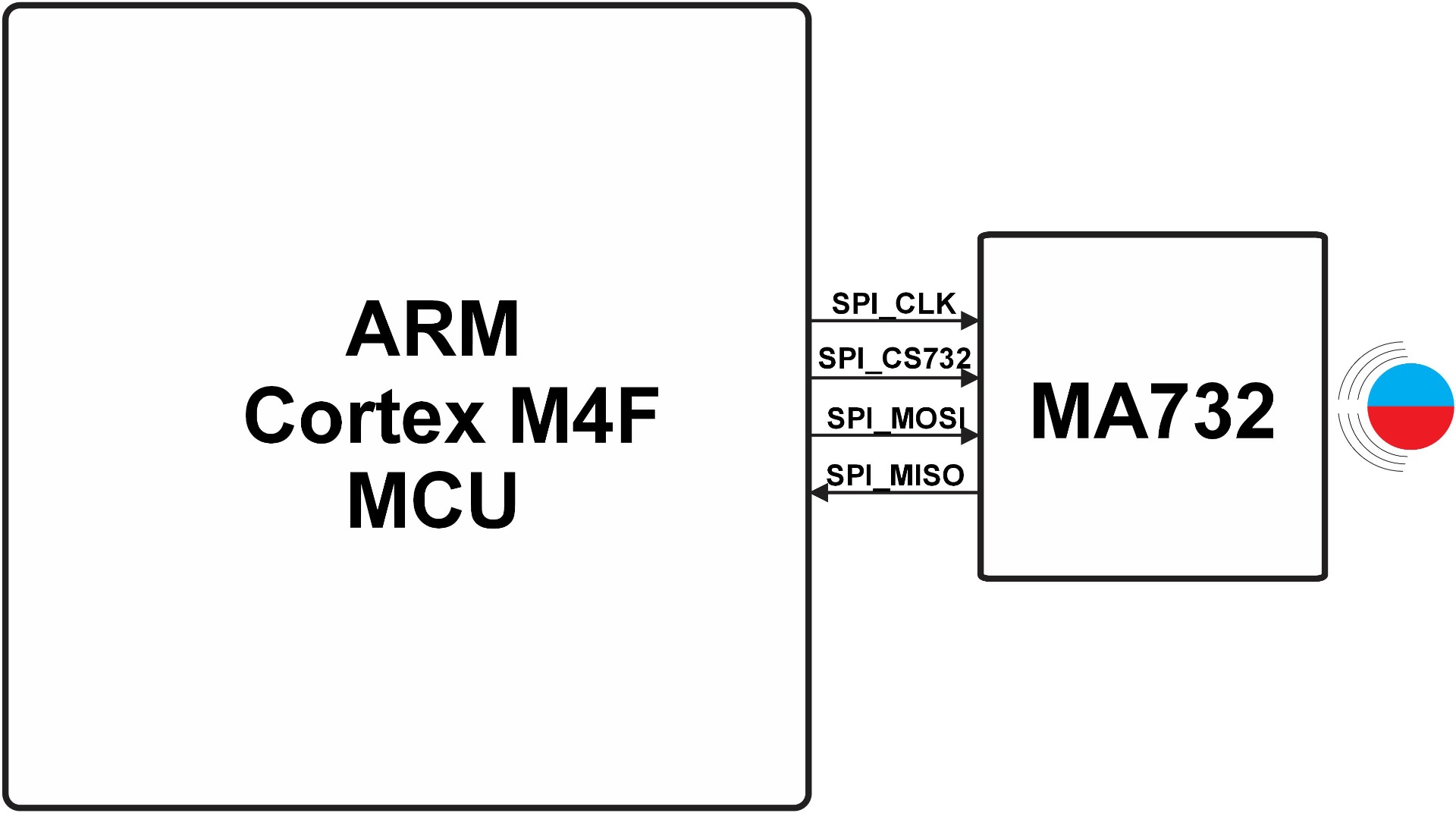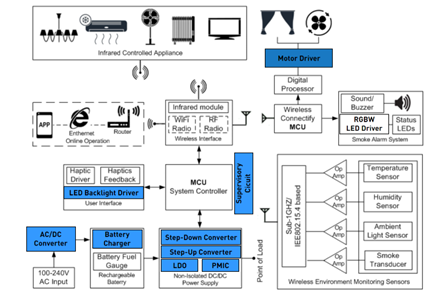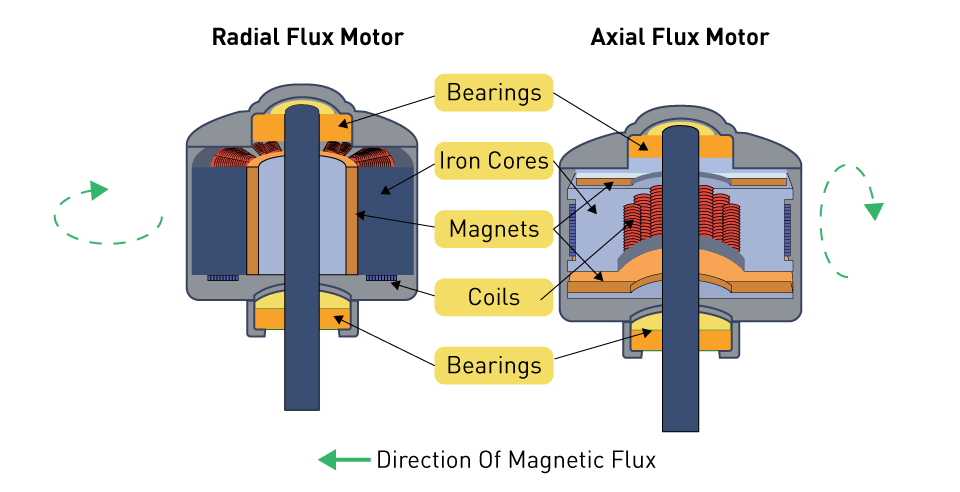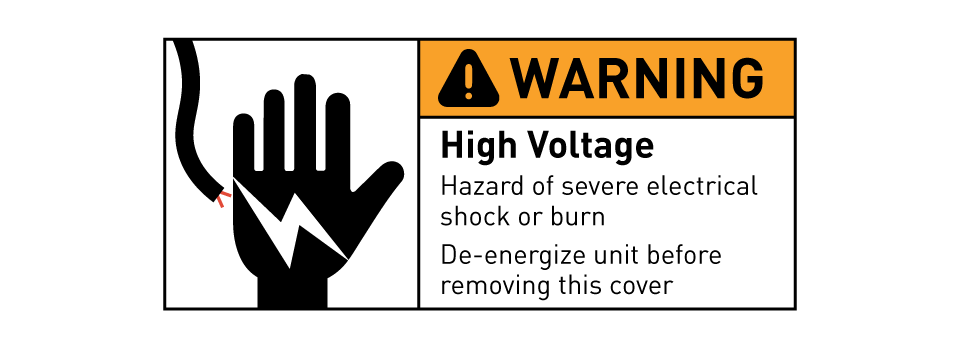Evolving Requirements in Semiconductor Manufacturing
The semiconductor production business is witnessing tremendous technical breakthroughs that significantly challenge the requirements for motor technology. The precision and purity required for current semiconductor production are setting new standards in the design and functionality of specialist motors.
Trends in Semiconductor Manufacturing Influencing Motor Technology
The push toward increasingly smaller semiconductor structures, as observed in 5 nm and 3 nm processes, requires a level of precision in motor operations never seen before. Therefore, to accommodate this trend, we need motors that can operate with extremely small movements and possess positioning capabilities. Additionally, the trend toward increasingly automated and densely packed manufacturing lines is driving the demand for motors that can fit into small spaces without compromising their performance.
Key trends include:
Miniaturization: In the process of miniaturization, the necessity for very accurate motor motion increases as the size of the components decreases. In order to attain the required level of accuracy, sophisticated feedback and control systems are required.
Increased Automation: As more stages of semiconductor manufacture become automated, the demand for motors capable of maintaining constant performance over extended periods of time and under demanding conditions grows.
Increasing Demand for Precision and Cleanliness
Semiconductor environments must exhibit a high level of cleanliness, often tested at class 10 or higher cleanroom standards, to prevent contamination that could result in defects. Motors in these environments require not only a high level of precision, but also a design that minimizes particle generation. This has consequently led to the development of motors with specialized enclosures and materials that reduce particulate shedding during operation.
Critical considerations include:
Non-Particulate Generating Materials: It is of the utmost importance to make use of materials and lubricants that do not eventually break down into particles. Examples of such materials include advanced ceramics and vacuum-rated greases. Due to the extraordinarily high precision and cleanliness standards that are required in the fabrication of semiconductors, motor components are required to make use of specialist materials in order to eradicate the possibility of contamination. This discussion illustrates the specific use of non-particulate-producing materials in motors.
- Advanced Ceramics:
- Bearings and Shafts: Motors frequently use ceramics for bearings and shafts due to their hard and smooth surfaces. Ceramics reduce friction and wear, thereby greatly reducing the amount of particulate produced. In cleanroom conditions, where even minute particles might damage production processes, ceramic bearings are extremely beneficial because of their ability to prevent contamination.
- Insulation and Structural Components: Motor designs utilize ceramic materials for insulation and structural component construction. Because of their exceptional thermal stability and resilience to thermal shock, they are ideal for preserving performance in the regulated settings that are characteristic of semiconductor production.
- Vacuum-Rated Greases:
- Lubrication of Moving Parts: To perform without any clogging or friction, motors used in semiconductor production frequently require lubrication. However, when subjected to vacuum conditions, ordinary lubricants have the potential to evaporate or outgas, which can result in contamination. The purpose of vacuum-rated greases is to operate under low-pressure conditions without deteriorating or producing toxic vapors that could cause particulate pollution. This is due to the design of vacuum-rated greases.
- Magnetic Materials:
- Rotor and Stator Components: Both the rotor and the stator use high-purity magnetic materials to ensure the motor operates with minimal mechanical resistance and electromagnetic noise. We do this to prevent the occurrence of micro-vibrations and the subsequent formation of particles.
Enhanced Sealing Techniques: We outfit motors with low-friction or non-contact-type seals that meet strict cleanliness criteria necessary in semiconductor manufacture. This is done in order to further prevent such contamination from occurring.
Advanced Motion Control Systems
The implementation of sophisticated motion control systems is causing a sea change in semiconductor manufacturing's landscape, which is currently undergoing a transformational shift. These systems are absolutely necessary when it comes to achieving the high level of precision required in the micro-scale surroundings of current chip fabrication.
Enhancements in Manufacturing Precision
High-Resolution Positioning: Future improvements in motion control will focus on developing capabilities for extremely precise positioning. High-resolution positioning is one of these developments. Sophisticated servo motors equipped with high-resolution encoders provide an unparalleled level of accuracy in this process. This is necessary for jobs such as delicate wafer etching and detailed component installation.
Adaptive Feedback Mechanisms: Adaptive feedback mechanisms, which integrate complex feedback systems using sensors and sophisticated algorithms, enable real-time changes. These systems continuously monitor and rectify the position and speed of the motor, preserving the integrity of the production process. They also ensure that any deviations are addressed instantly.
The Pivotal Role of Motors in Robotics and Automation
Robotic Applications: The operational performance of robots employed in semiconductor manufacturing is largely dependent on motors. Robotic applications are a prime example of this reality. These robots rely on properly calibrated stepper and servo motors to perform tasks that require micron-level precision, such as the assembly of minute semiconductor components.
Automation Enhancements: Improvements in automation motors are responsible for supporting sophisticated automation technologies that extend beyond the scope of specific operations. Self-diagnosis and adaptability capabilities are increasingly enhancing the dependability and efficiency of motor-driven systems. This is a direct result of the shift toward completely automated production lines.
Technological Integration and Industry 4.0
Seamless System Integration: The development of advanced motion control systems is currently underway, with the goal of achieving seamless integration with broader production systems. This integration provides support for complex operational networks that effectively synchronize the various stages of production in order to achieve maximum efficiency.
Contribution to Smart Factories: In the era of Industry 4.0, motors that are outfitted with intelligent motion control systems are the foundational components of smart factory settings. These settings are designed to continuously gather and communicate data in order to facilitate informed decision-making. Interaction with centralized control systems that oversee production workflows improves the overall intelligence and reactivity of the manufacturing process.
Expanding Applications in Automation
Complex Assemblies: The demand for assembly solutions that are both complex and automated is growing. Motors in these systems can perform multiple functions simultaneously, from precise placement to dynamic speed adjustments, all customizable to meet specific manufacturing requirements.
Customization and Flexibility: Contemporary motor control systems provide the flexibility that is necessary for manufacturers to rapidly adapt production lines to new products or changes in technology. This flexibility is extremely valuable in the semiconductor sector, which is constantly growing.
Future Outlook
Innovation in Motor Technology: Ongoing research is pushing the frontiers of what is possible with motor materials and designs. This includes the utilization of superconducting materials and innovative magnetic alloys that reduce energy consumption while simultaneously maximizing performance.
Environmental Impact Considerations: As the industry progresses, there is an increasing focus on reducing the environmental impact of motor vehicle production and operation, aligning with the goals of global sustainability initiatives.
Integration with Manufacturing Systems
As the semiconductor industry adapts to the requirements of Industry 4.0 and smart factory concepts, the incorporation of motor technologies into comprehensive manufacturing systems represents a significant step forward in the sector's technological progress. As a result of the synergy that exists between motor technologies and advanced manufacturing systems, production environments are becoming more intelligent, responsive, and efficient.
Seamless Integration into Manufacturing Systems
Holistic System Design: The design of holistic systems is becoming increasingly prevalent, with motor technologies increasingly being developed to be integrated components of larger manufacturing systems. This integration enables a unified approach to production. This approach harmonizes motor activities with other aspects of the process, ultimately leading to an efficient workflow and a reduction in bottlenecks.
Custom Motor Solutions: Individualized motor solutions are developed in order to fulfill certain industrial requirements. Specialized machinery adapts these motors for integration. This category contains specifically tailored torque profiles, speed ranges, and form factors that meet the operational requirements of semiconductor production tools.
Motors’ Role in Industry 4.0 and Smart Factories
Data-Driven Operations: Sensor-equipped motor systems in smart factories generate massive amounts of data. This data is then used to optimize processes, predict when maintenance will be required, and increase overall equipment effectiveness (OEE). The integration of this data facilitates real-time decision-making and enhances the adaptability of production processes to dynamic conditions.
Interconnectivity and Automation: Motors play a crucial role in the automated orchestration of complex production tasks for the manufacturing industry. Integrated with Internet of Things devices and connected to central management systems, these motor-driven systems seamlessly communicate with other factory segments. This creates an environment in which operations are far more adaptable and responsive to changes that affect the entire system.
Adaptive and Predictive Maintenance: By incorporating advanced diagnostics into motor systems, predictive maintenance procedures can be implemented, reducing the amount of time that the system is offline. Manufacturing systems are able to arrange repairs during non-peak hours, which allows them to maintain uninterrupted production flow. This is made possible by the ability to foresee faults before they occur.
Enhanced Control and Feedback Mechanisms
Real-Time Control Systems: Modern motor technologies incorporate complex control mechanisms that allow for real-time parameter adjustments. This allows for the exact manipulation of materials and products. This is an absolutely necessary feature in the semiconductor manufacturing industry, where product specifications require micron-level accuracy.
Feedback Loops for Continuous Improvement: Motor systems continuously generate feedback loops that aid in process adjustments over time, thereby enhancing the efficiency and quality of semiconductor manufacture. This feedback is critical for iterative changes and helps to maintain competitiveness in constantly changing markets.
Future Prospects
Integration with Digital Twins: The use of digital twins, which are virtual reproductions of motor systems, is becoming more widespread. These digital twins are utilized for the purposes of planning, simulation, and problem-solving. This integration facilitates the optimization of the design and operation of motor systems before their actual deployment in manufacturing lines. A digital twin is a highly detailed digital representation that replicates a physical object or system. The digital twin is a concept in motor systems that combines real-time data obtained from sensors on the physical motor with a virtual model that replicates the motor's operation under a variety of different conditions. This configuration enables a thorough investigation into the motor's operation in various operational settings.
Key Components of Digital Twins in Motor Systems
Data Collection: Equipped with sensors, the motor gathers data on various factors such as temperature, vibration, speed, and torque. In order to maintain the digital twin model, this data is regularly input into it.
Simulation and Modeling: The software that is part of the digital twin makes use of the data to recreate the motor activity in real time. This model can incorporate physical phenomena such as electromagnetic fields, temperature effects, and mechanical stresses.
Predictive Analytics: Utilizing predictive analytics, the digital twin is able to anticipate probable problems or maintenance requirements in the physical motor before they take place. This is accomplished by evaluating trends within the data that has been acquired. This predictive feature helps to increase the motor's lifespan and reduce the amount of downtime that it experiences.
Feedback and Optimization: The digital twin provides engineers with the ability to test modifications to the motor's design or operating characteristics online before putting these changes into effect in the real world. This allows for feedback and optimization during the process. This can be crucial for maximizing the performance and efficiency of the motor without causing any disruptions to the production process.
Applications of Digital Twins in Semiconductor Manufacturing
Process Optimization: In the semiconductor manufacturing industry, where precision and dependability are of the utmost importance, digital twins of motor systems allow for the fine-tuning of processes such as wafer handling and component positioning. This guarantees minimal waste generation while upholding a high degree of precision.
Maintenance Scheduling: Digital twins have the ability to schedule maintenance by forecasting when a motor or its components are likely to fail or require repair. This prediction is based on operating data rather than predetermined intervals or predicted lifespans. This allows digital twins to schedule maintenance more effectively.
New Design Testing: When designing new motor technologies or configurations, digital twins can mimic how these designs would operate under the stringent requirements of semiconductor manufacturing. This facilitates the execution of new design tests. This aids in the process of refining the motor design before constructing actual prototypes.
Training and Simulation: Digital twins enable the creation of realistic training scenarios for maintenance professionals and operators, thereby eliminating the risk of genuine equipment damage during the training process. It also allows for simulation.






直接登录
创建新帐号